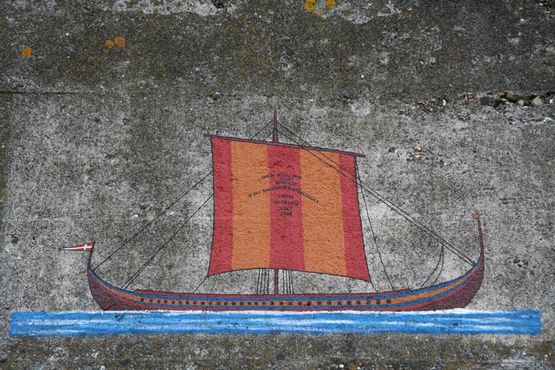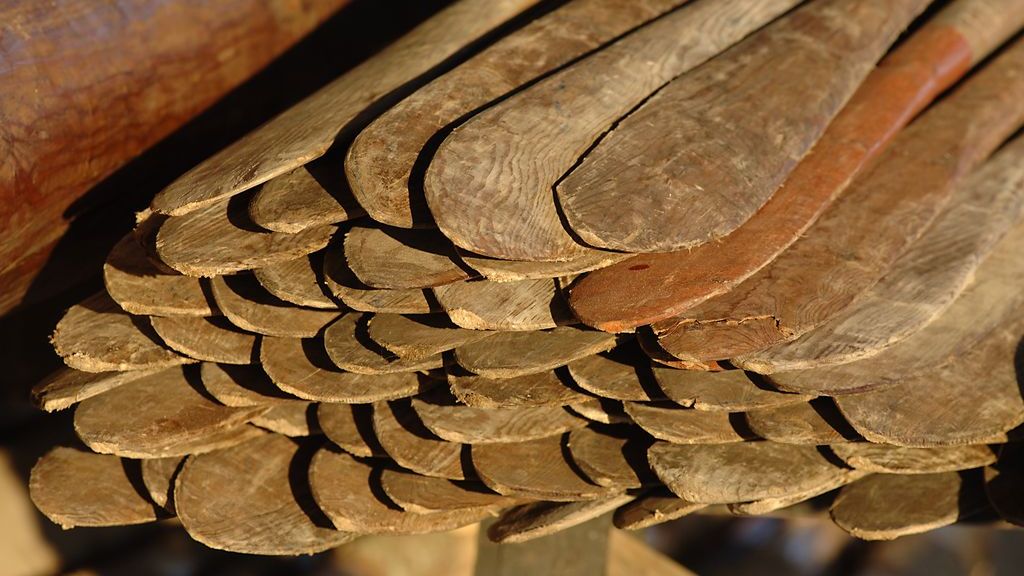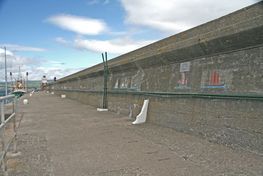We know of different types of ships from different eras through petroglyphs, picture stones, coins, church walls and ceilings, and much more. The pictures testify to times past, foreign cultures and mighty status symbols. They tell of technical progress, anxiety or excitement, and they describe a subjective perception of a very specific event, an event that has meant something to someone. So much so that it had to be maintained and passed on. The 70-metre long woven Bayeux Tapestry in Normandy tells of William the Conqueror’s invasion of England in 1066 with a fleet of 200 ships, which are presented with fine detail. The invasion led to the final decline of the Vikings, and is considered by many Danes as the end of the Viking Age.
942 years afterwards, the world’s longest Viking ship sailed to Ireland. Aboard were 61 modern people from a large part of northern Europe.
On the way south from Dublin, on a course for the English Channel and home to Denmark, the ship made a stop in Wicklow on the east coast of Ireland. They received a warm reception from the local people, which would probably not have been offered to the Vikings in the past! The crew were accommodated in warm rooms and the crew were regaled and celebrated as heroes in the Wicklow Sailing Club.
The Sea Stallion as graffiti
Many months later, the Sea Stallion’s Irish crew member, John Nicholl, visited Wicklow harbour again and he saw a meticulous and detailed image of the Sea Stallion on the raw concrete of the outer pier. The image was there beside many other and far more modern vessels, and testified to an event, a visit, that had meant a great deal for someone, so much that the event will now be recorded in the lee of an Irish pier for many years to come.
In this way, a modern tale of a longship has been added to the long line of iconographic images of myths and legends.




